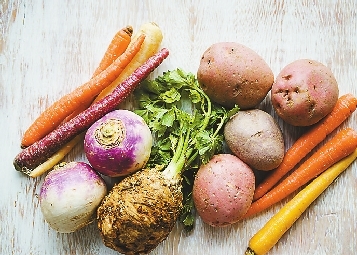
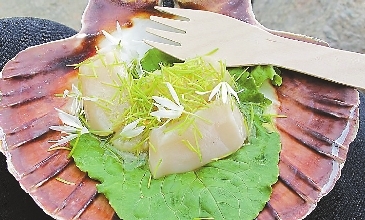
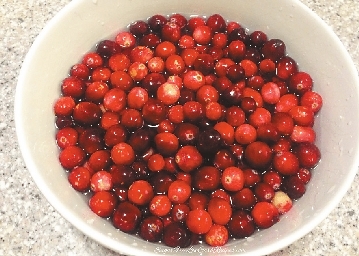
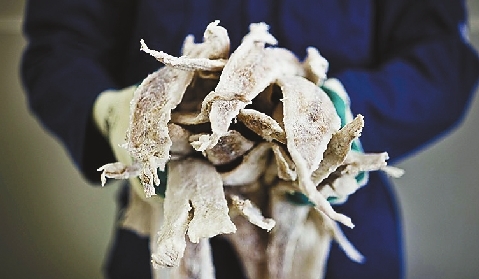
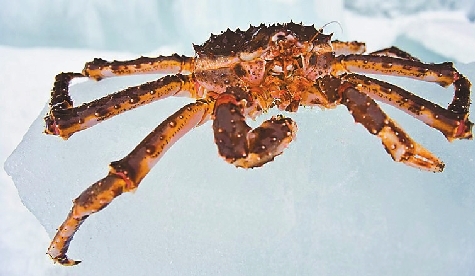
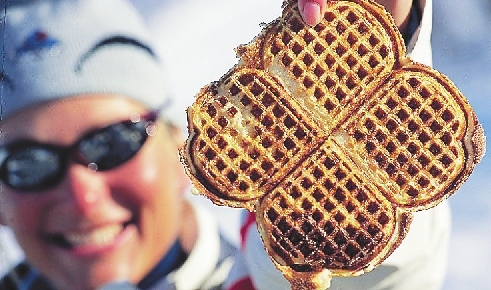
Y OU are probably familiar with the Mediterranean diet, which emphasizes fruits, vegetables, nuts, whole grains and olive oil. The diet has been associated with a lower incidence of cardiovascular disease, cancer and Type 2 diabetes, as well as a reduced risk of Alzheimer’s and Parkinson’s diseases. But there’s another diet that has its roots overseas, and it appears to offer similar health benefits. The Nordic diet consists of foods traditionally sourced in Denmark, Finland, Iceland, Norway and Sweden. Similar to the Mediterranean, the Nordic has been linked to decreased risk for cardiovascular disease and Type 2 diabetes. Other research suggests that the Nordic diet may be beneficial for weight loss. Another similarity between the two is that they are both based on “seasonal, sustainable and locally sourced foods with an emphasis on plant-based eating,” explained Layne Lieberman, registered dietitian and author of “Beyond the Mediterranean Diet: European Secrets of the Super-Healthy.” Staples of the Nordic diet are based on the Baltic Sea diet pyramid, created by the Finnish Heart Association, the Finnish Diabetes Association and the University of Eastern Finland. They include berries and fruits, fatty fish (such as herring, mackerel and salmon), lean fish (such as cod, haddock and halibut), legumes, vegetables including cabbage and root vegetables, and whole-grain cereals including barley, oats and rye. “There are several things I like about the Nordic diet,” said Lauri Wright, a registered dietitian and spokeswoman for the Academy of Nutrition and Dietetics in the United States. “First, it is plant-forward and reduces meat consumption. Second, the Nordic diet has a core principle of sustainability, emphasizing local and fresh, which I think is very beneficial for the environment and for health.” Though the Mediterranean and Nordic diets include similar foods, a major difference is in the fats that are used: The Mediterranean region is known for its olive oil production, and that is why olive oil predominates in this region, whereas the Nordic diet promotes canola oil (also known as rapeseed oil). Canola oil and olive oil are both rich in monounsaturated fats, which promote heart health by raising HDL, the “good” cholesterol, and lowering LDL, the “bad” cholesterol; however, “canola oil doesn’t have the antioxidants that olive oil does,” Wright said. Although the Nordic diet can offer a very healthful way of eating, it doesn’t specify how much food you should consume. “You always need to monitor portion sizes for weight control,” Wright said. The Nordic diet has been around for quite some time, tied to Nordic nutrition recommendations, which have been published every eight years since 1980. A “new Nordic diet” was developed in 2004 by Nordic chefs in an effort to improve the culinary appeal of the diet. (SD-Agencies) A typical day on the new Nordic diet ▪Breakfast generally includes dry fruits, grains, berries and fermented dairy products such as skyr or kefir. In winter, breakfast might be porridge made with oats. ▪Lunch is generally light and includes rye bread, salads, fermented products, pickles, herrings and eggs. Vegetables make up a large proportion of meals, and there is a great appreciation for roots and earthy flavors, including mushrooms and other products from the forest in autumn. During springtime, lunch might include asparagus, green peas, rhubarb and lots of wild herbs and fresh fruits. ▪For dinner, fish might be served, but lots of chefs serve small quantities of sustainably sourced meat or animals hunted in the wild. Like with lunch, a lot of plate space is reserved for vegetables at dinner. A rich umami paste may be used for seasoning ingredients and adding flavor to meals. | 
